Capillary action, the fascinating phenomenon of liquids moving through narrow spaces without external forces, can be easily demonstrated using celery and food coloring. In this simple science experiment, we observe how water, dyed with food coloring, travels up the tiny vessels in the celery stalks!
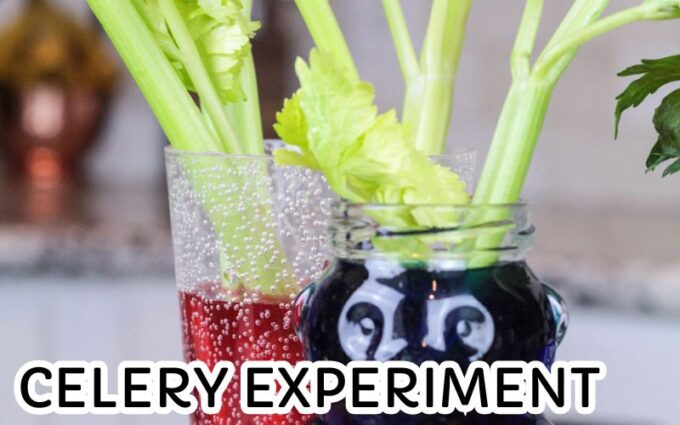
By immersing celery in colored water, we can witness firsthand how this natural process drives fluids against gravity! Get started below and see for yourself. Explore biology easily at home or in the classroom with our science experiments for kids.
Celery and Food Coloring Experiment
Explore the process of water moving upward through the plant’s stem and into the leaves. It defies gravity!
Supplies:
- Celery Stalks (choose as many as you like to color and one extra if you choose to set up a science experiment. too) with leaves
- Food Coloring
- Jars
- Water
Instructions:
STEP 1. Start with nice crisp celery. Cut the bottoms off the celery so you have a fresh cut.
Don’t have celery? You could try our color changing carnations experiment!
STEP 2. Fill the containers at least halfway with water and add food coloring. The more food color, the sooner you’ll see results. 15-20 drops, at least.
STEP 3. Add the celery sticks to the water.

STEP 4. Wait 2 to 24 hours. Make sure to observe the process at regular intervals to note the progress. Older kids can make drawings and journal their observations throughout the experiment.
Notice how the food coloring moves through the celery’s leaves! Water is making its way through the cells of the celery, as indicated by the color.
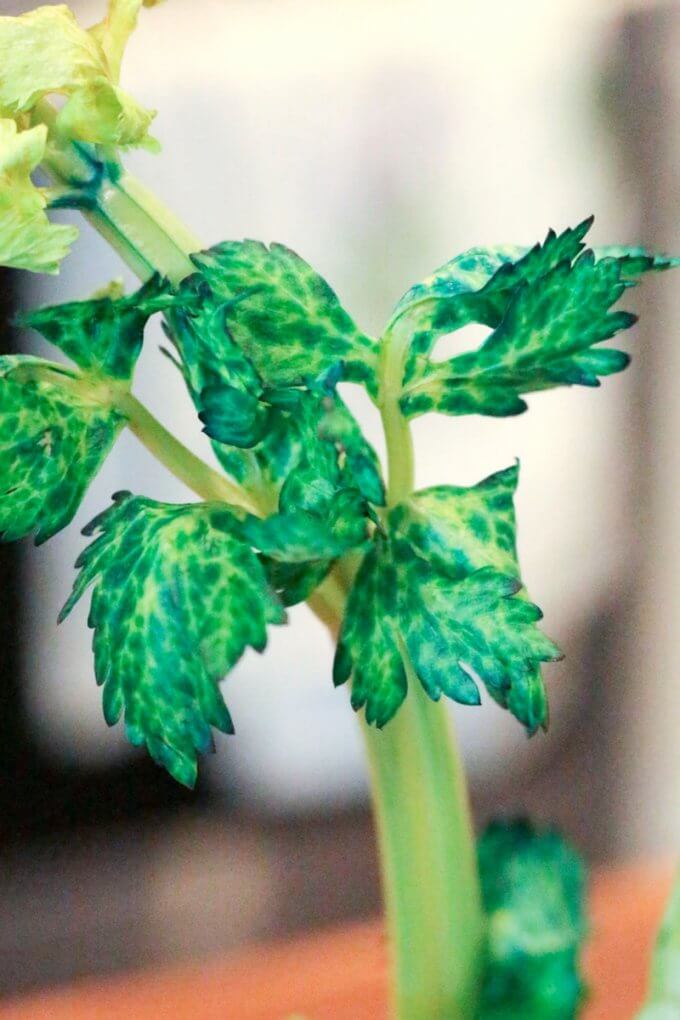
Note the red food coloring is a bit tougher to see!
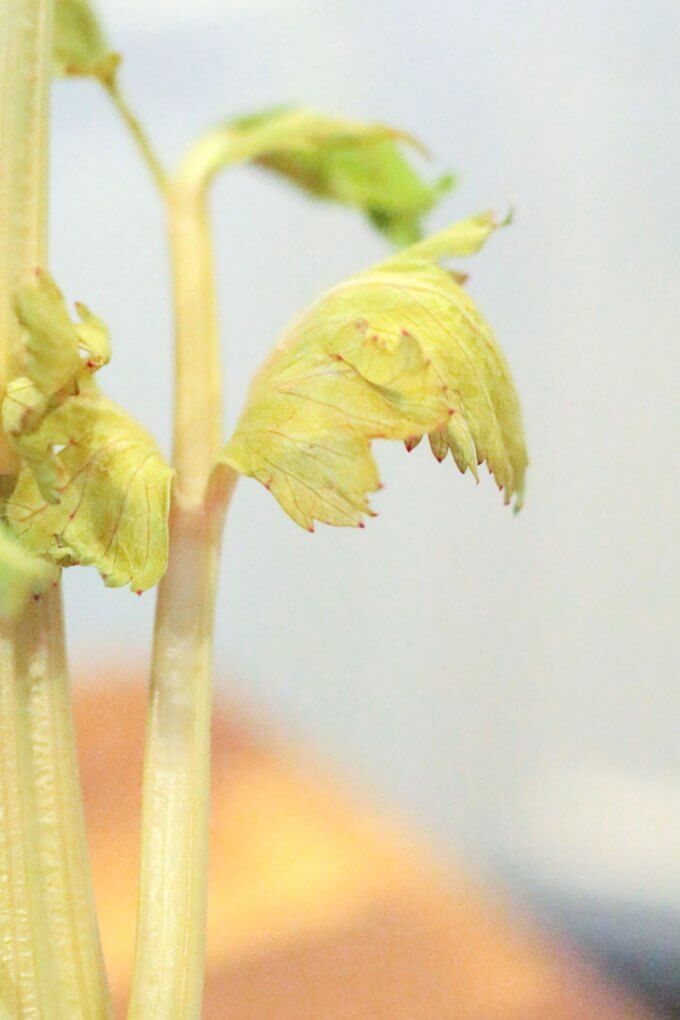
How Does It Work?
How does water travel through a plant? By the process of capillary action! We can see this in action with the celery.
The cut celery stalks take up colored water through their stem, and the colored water moves from the stems to the leaves. Water travels up tiny tubes in the plant via the process of capillary action.
What is capillary action? Capillary action is the ability of a liquid (our colored water) to flow in narrow spaces (thin tubes in the celery) without the help of an outside force, like gravity. Plants and trees couldn’t survive without capillary action.
As water evaporates from a plant (called transpiration), it pulls more water up to replace what has been lost. This happens due to adhesion forces (water molecules are attracted and stick to other substances), cohesion (water molecules like to stay close together), and surface tension.
What is the difference between capillary action and osmosis?
The process of osmosis also involves the movement of water. However, capillary action is driven by surface tension and the interactions between the liquid and solid surfaces, while osmosis is driven by differences in solute concentration across a semi-permeable membrane.
Capillary action is often observed in the movement of liquids in narrow tubes or capillaries. At the same time, osmosis is a process commonly observed in biological systems involving water movement across cell membranes.
Capillary action can occur in both upward and downward directions, depending on the specific conditions, while osmosis generally occurs from an area of lower solute concentration to higher solute concentration.
Check out fun ways to explore osmosis here.

How To Apply The Scientific Method
Extend this celery and food coloring experiment by applying the scientific method for older kids ready to delve deeper into the scientific realm. This structured approach to inquiry involves formulating hypotheses, conducting experiments, collecting data, and drawing conclusions.
Start by encouraging students to ask questions such as “What factors could influence the movement of water through the celery?” Some examples are the concentration of food coloring, the amount of time the celery is immersed, or the temperature of the water.
Ask kids to make predictions about how changing the variables might affect the results. For instance, they can predict what will happen if they use more food coloring, leave the celery in the colored water longer, or change the water temperature.
Have them develop a hypothesis based on their initial observations and then design an experiment to test it.
Older kids can better understand the scientific principles by altering variables, recording measurements, and analyzing results. This extension challenges them to think critically and apply analytical thinking.
Learn more about applying the scientific method with examples and how to choose variables.
Free Printable Science Process Pack
Extend the learning opportunity by creating a science journal with our free science process pack for kids!
Helpful Science Resources
Here are a few resources that will help you introduce science more effectively to your kiddos or students and feel confident when presenting materials. You’ll find helpful free printables throughout.
- Best Science Practices (as it relates to the scientific method)
- Science Vocabulary
- 8 Science Books for Kids
- All About Scientists
- Free Science Worksheets
- Science Supplies List
- Science Tools for Kids
Why Is Science Important For Kids?
Kids are curious and always looking to explore, discover, test, and experiment to find out why things do what they do, move like they move, or change like they change! Indoors or outdoors, science is definitely amazing!
We are always eager to explore chemistry experiments, physics experiments, and biology experiments! Biology is fascinating for kids because it’s all about the living world around us. Activities like this celery experiment show us how water moves through living cells.
Explore how water travels through a plant with a simple demonstration you can do in your own kitchen with just a few items! We love kitchen science that is not only easy to set up but frugal too! Learn about capillary action with a couple stalks of celery and food dye.
More Fun Science Experiments To Try
Explore plant experiments, water science experiments and more.
- Potato Osmosis Lab
- Walking Water Experiment
- Drops of Water On A Penny
- Color Changing Flowers
- How Do Plants Breathe
- Growing Gummy Bears Experiment
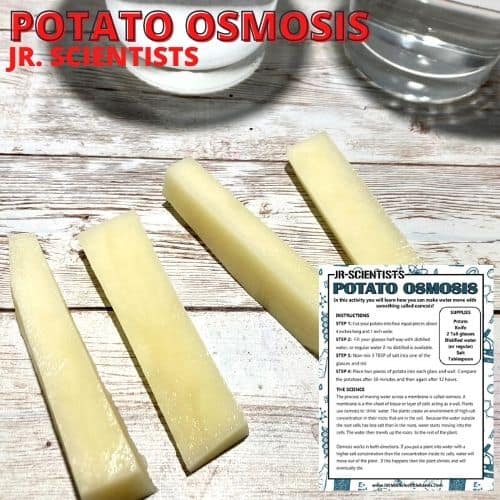
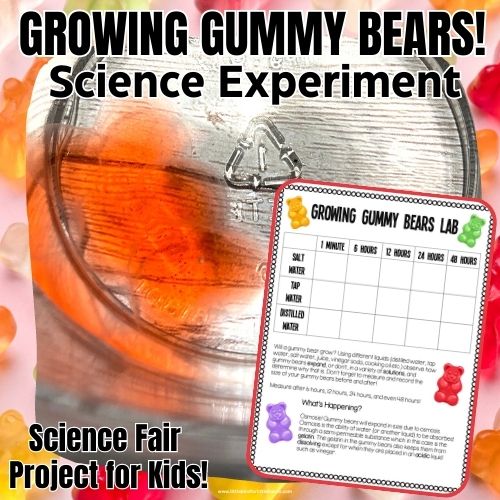

Printable Science Projects Pack
If you’re looking to grab all of our printable science projects in one convenient place plus exclusive worksheets and bonuses like a STEAM Project pack, our Science Project Pack is what you need! Over 300+ Pages!
- 90+ classic science activities with journal pages, supply lists, set up and process, and science information. NEW! Activity-specific observation pages!
- Best science practices posters and our original science method process folders for extra alternatives!
- Be a Collector activities pack introduces kids to the world of making collections through the eyes of a scientist. What will they collect first?
- Know the Words Science vocabulary pack includes flashcards, crosswords, and word searches that illuminate keywords in the experiments!
- My science journal writing prompts explore what it means to be a scientist!!
- Bonus STEAM Project Pack: Art meets science with doable projects!
- Bonus Quick Grab Packs for Biology, Earth Science, Chemistry, and Physics


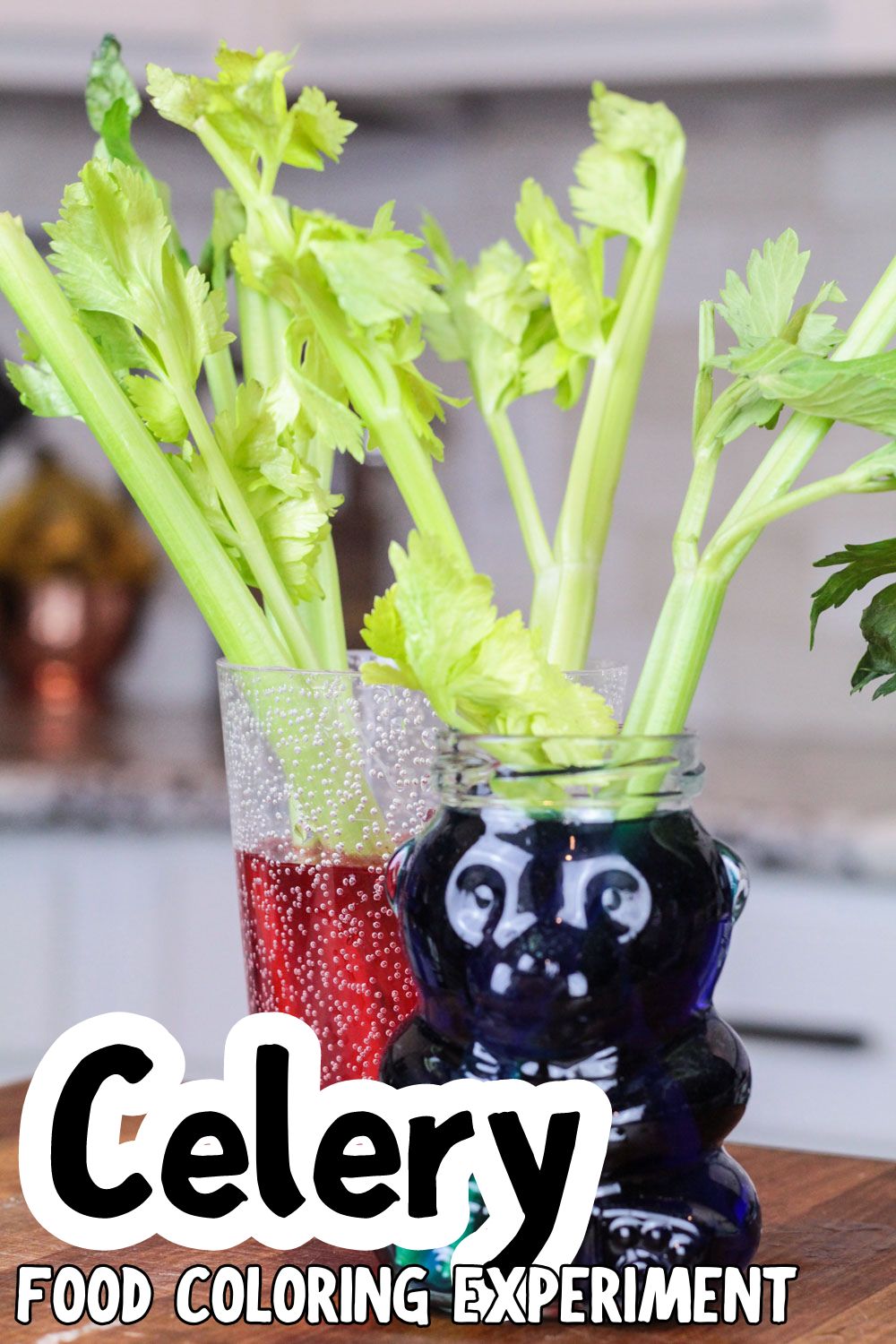
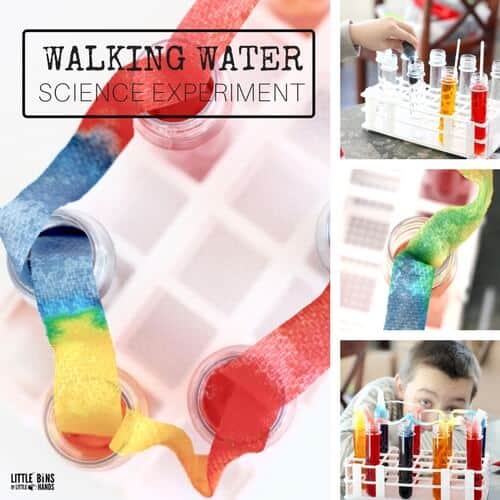
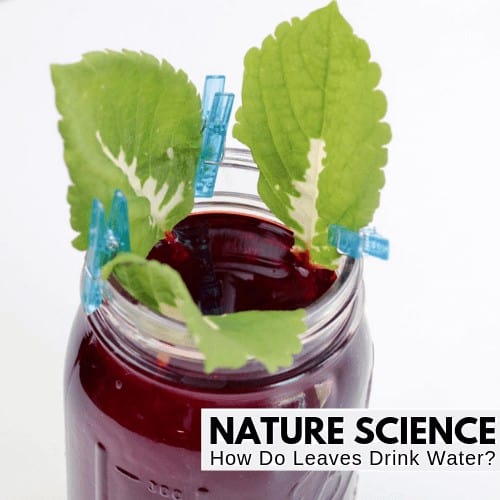
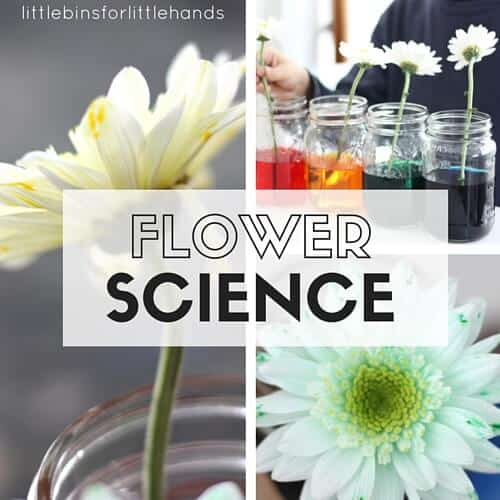


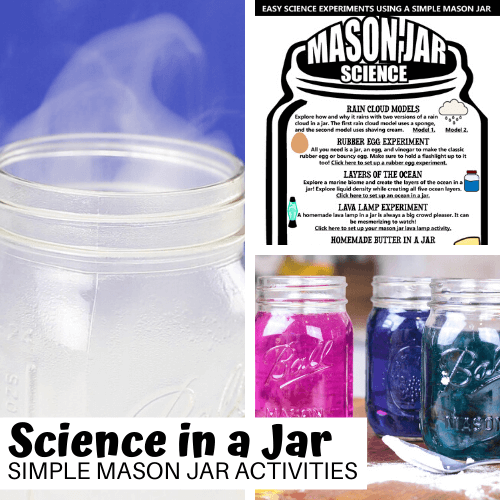
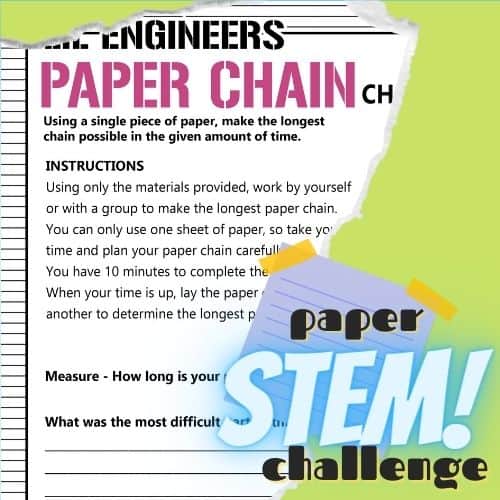
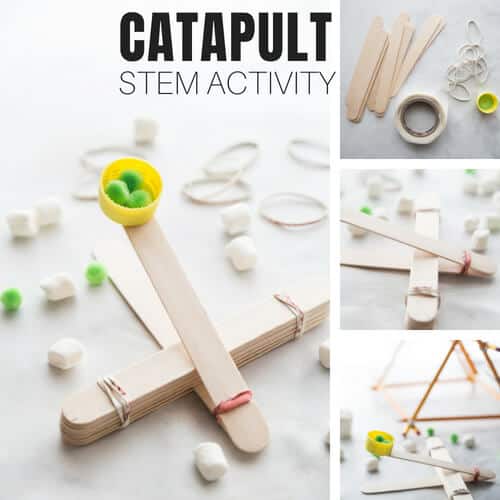
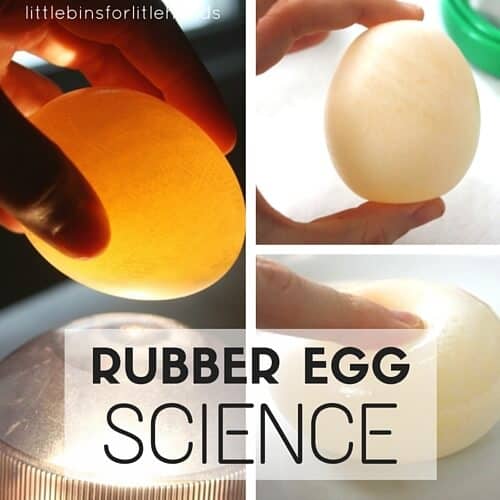
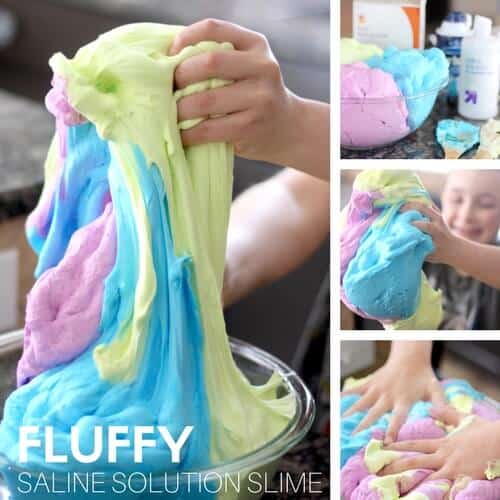

One Comment
Comments are closed.